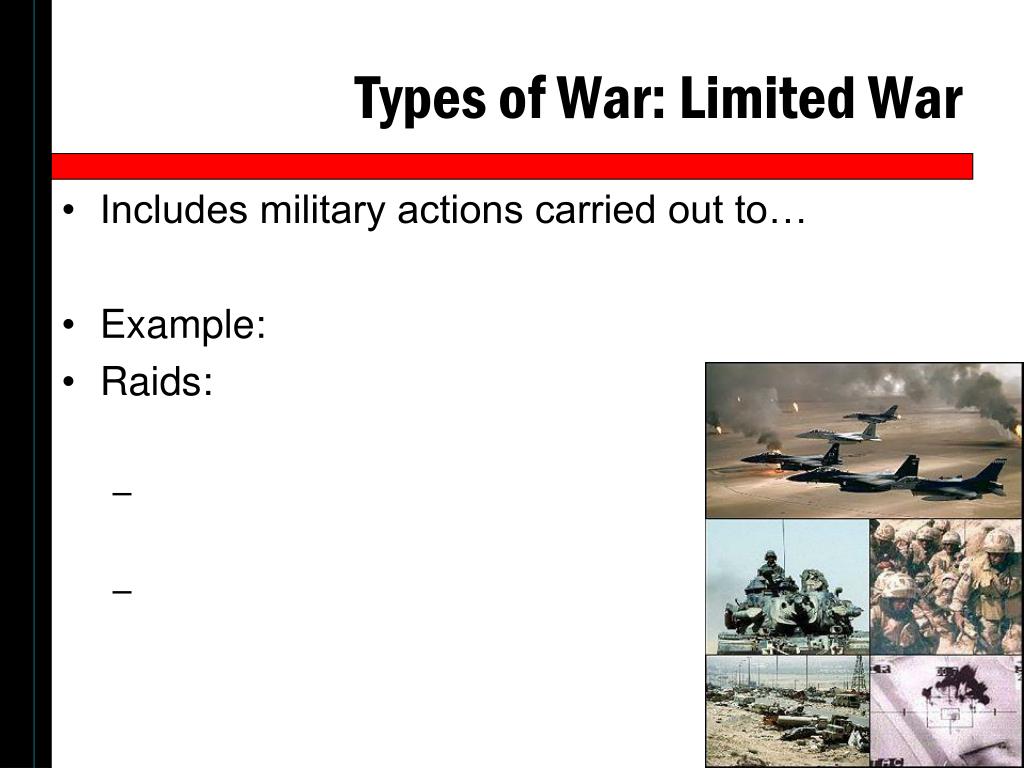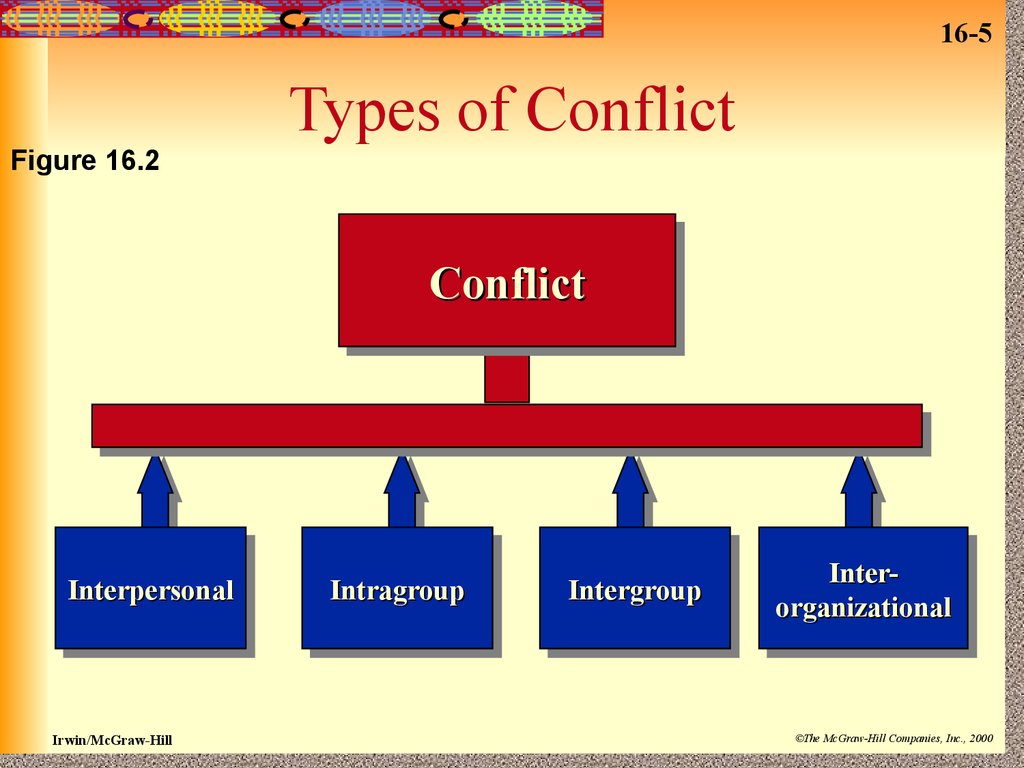

Descriptive categories may be used to illustrate these new types of armed conflict, but carry no legal significance: Pursuant to international humanitarian law every situation still has to be classified as international or non-international. However, under international humanitarian law there exist only two types of conflicts, international and non-international. Henderson (eds), Research Handbook on International Conflict and Security Law, Edward Elgar, 2012, p 43ff, available at SSRN. Hadzi-Vidanovic, ‘A Taxonomy of Armed Conflict’ in N. Vité, ‘Typology of Armed Conflicts in International Humanitarian Law: Legal Concepts and Actual Situations’, 91 International Review of the Red Cross 873 (2009) 89 M. a transnational or extraterritorial armed conflict.


Some argue that these internationalized conflicts are new types of armed conflicts or constitute a third category of armed conflict, i.e. Instead, many armed conflicts include an international element:Ī state may use force against non-state armed groups on the territory of another state, for example when a pre-existing non-international armed conflict spills over into a neighbouring territory or after being attacked by non-state armed groups based abroad.įoreign interventions in various forms and degrees are increasingly common, including peacekeeping operations under the auspices of the United Nations or a regional organization.ĭue to this increasing complexity, the adequacy of the binary legal framework distinguishing between non-international and international armed conflicts has been questioned over the past years. Many contemporary situations do neither reflect the traditional concept of international armed conflicts where one or more states use force against each other, nor the classical civil wars where there are armed confrontations between government armed forces and armed groups within the territory of a single state. Classification » Contemporary challenges for classificationĬontemporary challenges for classificationĪrmed conflicts have become increasingly complex over the past years.


 0 kommentar(er)
0 kommentar(er)
